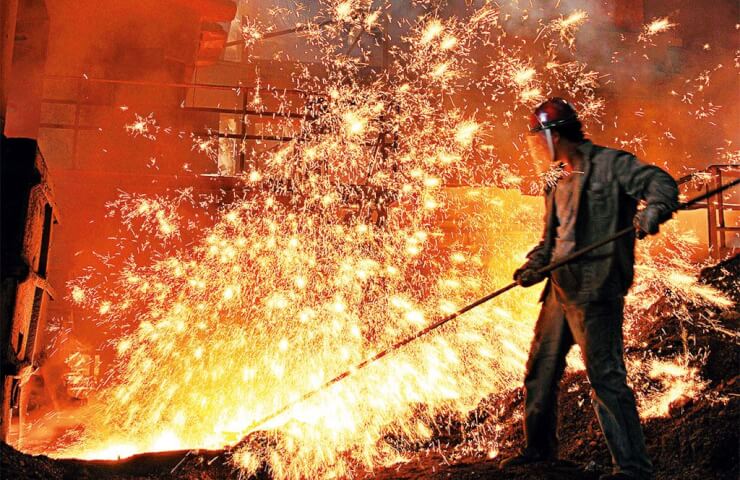The EU's Green Deal Industrial Plan should have a shared vision and provide a business case for investment on the continent comparable to the US Inflation Reduction Act to ensure low-carbon steel projects and other clean technology investments, said the European Steel Association Eurofer.
The European Commission unveiled its Green Deal Industrial Plan on 1 February, which aims to increase the competitiveness of European zero-emission industry and support a rapid transition to climate neutrality.
The plan aims to creating a more favorable environment for expanding the EU's zero-tech manufacturing capacity and products needed to meet Europe's ambitious climate goals, the EU said in a statement.
The main goals of the plan are to provide a predictable and simplified regulatory environment, more quick access to finance , open trade for sustainable supply chains and upskilling.
Eurofer said in its response to the plan that mild steel is a key enabler for the zero emission industry as it is used in wind turbines for electric vehicles, making it is important that cleantech value chains be closed and carbon neutral.
It states that the implementation of the plan is critical to adopting a value chain approach with a focus on all key upstream and downstream sectors that are needed to achieve EU climate and circular economy goals.
“Competitiveness will be key to attracting net investment in the EU, as will the US Inflation Reduction Act,” said Eurofer and CEO Axel Eggert added that the IRA has demonstrated the ability to have "an active, structural, carbon-neutral industrial policy focused on incentives and industrial competitiveness, rather than on commitments and goals complemented by only partial and unreliable support.”
Eurofer estimates that the IRA, combined with additional US Department of Energy resources, could provide at least $85 billion of funding available to produce low-carbon steel and decarbonized energy initially, Eggert said, adding that the US measures are estimated to lead to green hydrogen cost dropping by about $3-4 per kg.
He added that there is the risk of widening the current gap in the cost of steel production between the EU and the US up to 60%.





